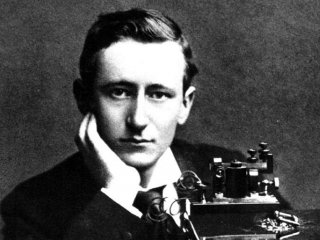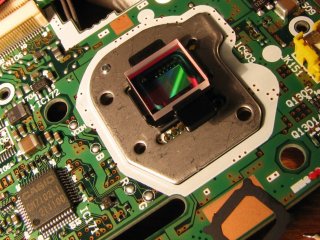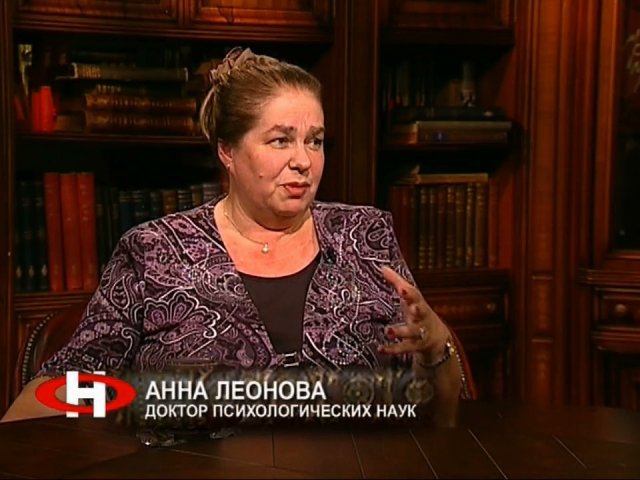
He was born in the same year with Lenin, yet in Nice. He died in the same year with Stalin, yet in Kiev. The Electric Welding Institute of the Ukrainian Academy of Sciences that he founded was named after Paton in his lifetime. As for the bridge named after him, the scientist never got a chance to step on it, as Paton Bridge in Kiev was opened on November 5, 1953, three months after the designer’s death. Over his long life, Paton designed over 100 bridges – pedestrian and highway ones. The list of his designs includes the bridge over Kura River in Tbilisi, the ones over rivers Sash and Ross, as well as the Evgeniya Bosh Bridge in Kiev blown up by the Red Army during retreat and never restored. Paton’s steel sectional bridges were widely used by the Russian army during the World War I. The bridges, their strength and reliability constituted Paton’s life’s work until the age of 60. Then new passion came – electric arc welding. In fact, industrialization began in the USSR, and it turned out that riveting widely used for connecting metal parts had a lot of failings and was inferior to welding, while the USSR was falling behind other countries in the field of welding. So Yevgeny Paton rushed to catch up with and outpace the West. In 1934, the welding laboratory and Electric Welding Committee were transformed into the Institute of Electric Welding, the one named after Paton in 1945. During the war, the institute was evacuated to Nizhny Tagil, where Paton, a man in his seventies, developed the technology for welding tank armor. The armor was damaged during the tests, while seams remained intact! The figures of those years look shocking: the total length of Paton’s seams on the tanks produced during the war amounted to 6,000 km.























